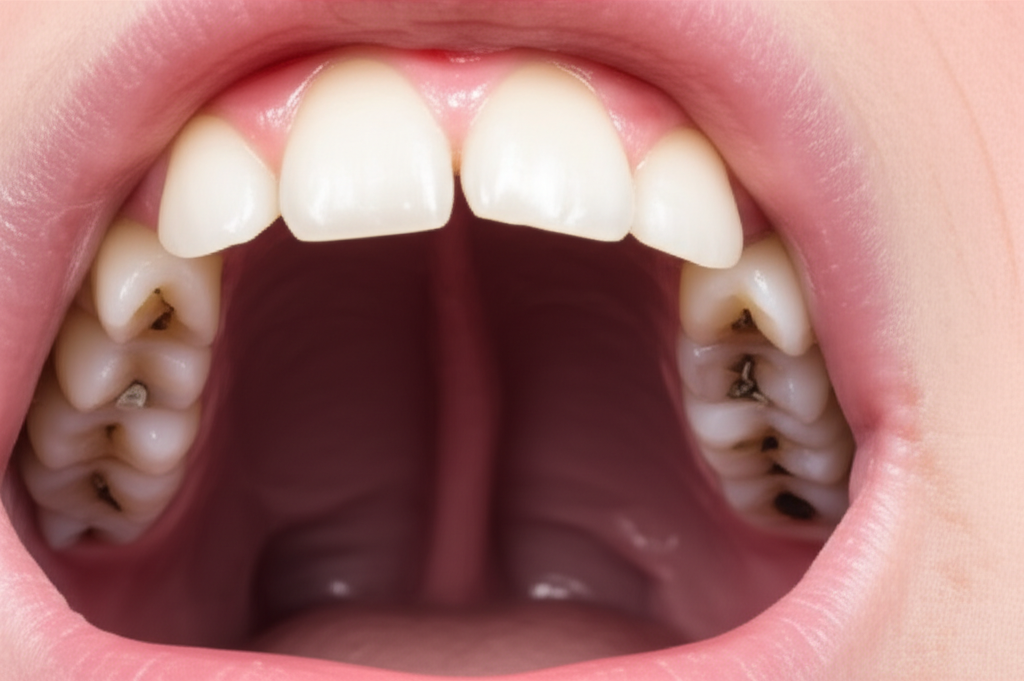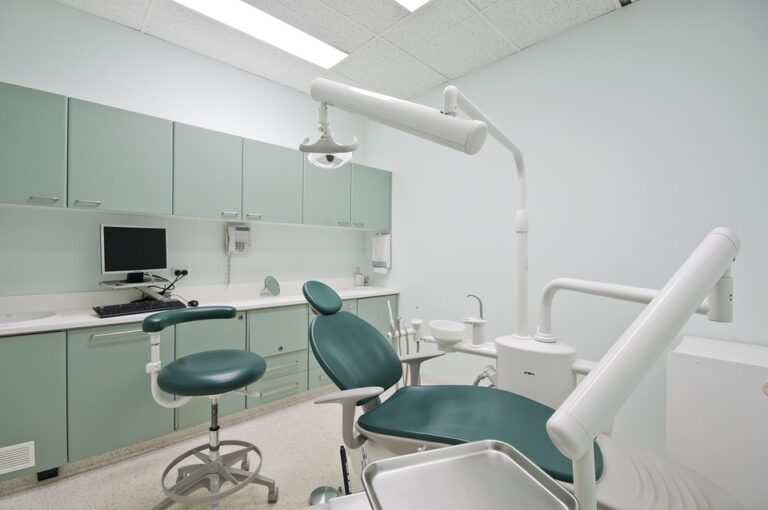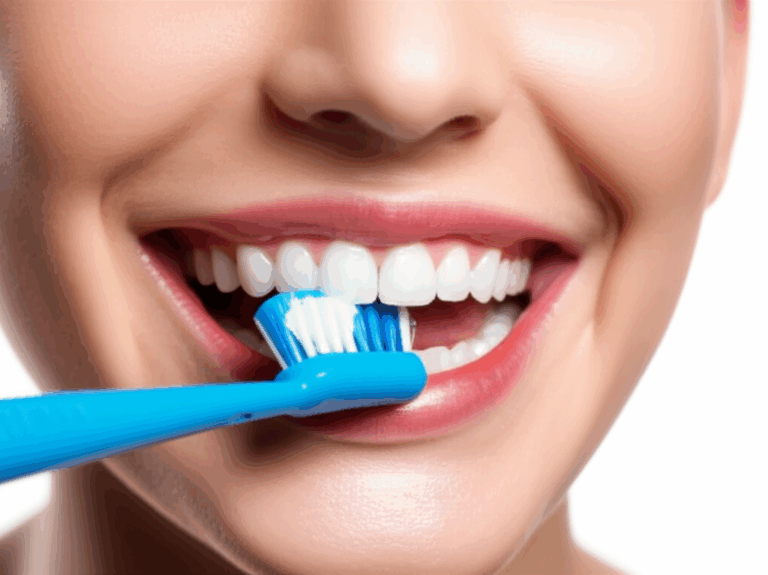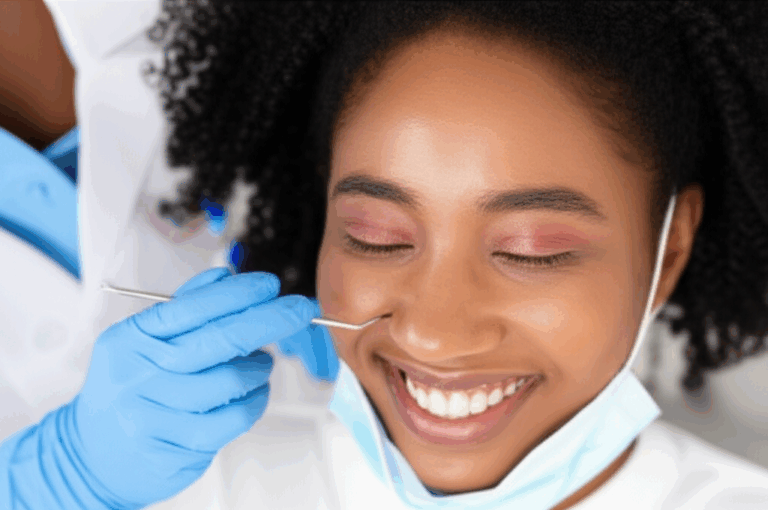
Can a Dental Abscess Cause Sinus Problems?
Understanding the Link, Symptoms, and Treatment From Your Friendly Dental Guide
That steady pain in your tooth just won’t go away. Then, you start to feel pressure in your cheek and under your eye—it’s like the pain is moving up into your sinuses. Suddenly, you’re stuffy, tired, maybe even have a slight fever. You wonder, “Could a dental abscess really be behind these sinus problems?” If this sounds like you, you’re not alone. Dental abscesses and sinus problems often show up together, and knowing why can help you keep both your mouth and your sinuses in good shape.
Let’s break down what’s going on, why it matters, and what you can do to feel better—fast.
Table of Contents
- The Surprising Link Between Teeth and Sinuses
- How a Dental Abscess Causes Sinus Problems
- Symptoms: Telling a Tooth Abscess From Regular Sinusitis
- Diagnosis: Figuring Out the Real Cause
- Your Options: Treatments for Dental and Sinus Relief
- What Happens If You Ignore It (Why It Can Be Risky)
- Simple Steps to Prevent Tooth and Sinus Infections
- When to Get Help, Fast
- Key Takeaways for a Healthy You
The Surprising Link Between Teeth and Sinuses
Let’s get right to your main question.
Yes—a dental abscess can cause sinus problems.
Dentists and ear-nose-throat (ENT) doctors see this a lot. There’s even a name for it: odontogenic sinusitis, which just means sinus swelling that starts with a tooth infection.
This connection is easy to miss because the symptoms look just like a usual sinus infection. Many people spend weeks using nasal sprays or regular antibiotics—never knowing the real cause is hiding in their teeth. We’re here to help you figure it out!
How a Dental Abscess Causes Sinus Problems
The Real Story of What’s Happening
Let’s look at what’s going on under your gums:
1. The Close Neighbors: Teeth and Sinuses
Your upper back teeth (molars and premolars) are like neighbors living right next to your sinus—especially the maxillary sinus in your cheeks. Sometimes, only a very thin layer of bone is between the tooth roots and the sinus.
If you get a dental abscess—a pocket of pus from infection—at the tip of one of these teeth, it can quickly spread.
It’s like a cracked basement: if water finds a hole, it gets inside and causes all sorts of problems.
2. How Infection Spreads
A dental abscess happens when bacteria get into the soft part of your tooth (the pulp), usually after a deep cavity, a cracked tooth, or bad gum disease. The body forms an abscess full of pus to try and block the infection.
But the bacteria keep fighting:
- The infection can eat away the bone around your tooth’s root.
- Pus and bacteria can get through the bone.
- They move into the sinus, causing swelling, pain, and the classic signs of sinusitis.
3. Swelling, Stuffy Nose, and Pain
Once the bacteria reach the sinus, your body tries to protect itself by sending extra blood to the area. This makes the sinus lining (the soft inside part) swell up, which can cause:
- Stuffy nose or blocked feeling
- Thick or even bad-smelling mucus
- Pressure in your face, especially below your eyes or in your cheeks
- Headaches
- A long-lasting, bad taste in your mouth
This whole mess continues until the original dental infection is fixed.
Is It My Tooth, My Sinuses, or Both?
How to Tell If Your Sinus Issues Come From a Tooth Abscess
Sinus infections and dental abscesses have a lot of similar symptoms, but a few signs can help you—and your doctor—tell the difference.
The Usual Symptoms
- Face pain or pressure (often just one side)
- Headaches (forehead or behind the eyes)
- Stuffy nose or runny nose that won’t quit
- Post-nasal drip
- Bad breath or a nasty taste
- Fever and feeling tired
Signs It’s Really Your Tooth
While these can show up in any sinus infection, a few signs make a dental abscess much more likely:
- Pain or pressure is worst on just ONE SIDE (the side of the bad tooth)
- Your tooth or gum is sore, throbbing, or super sensitive
- Chewing or tapping the tooth makes it hurt more
- Your cheek or gum is swollen, red, or puffy
- You notice a cracked, black, or gray tooth nearby
- Sinus symptoms don’t go away with normal treatments or just keep coming back
Basically:
When your tooth has a problem, your sinus on that side will complain too.
Real-Life Example
Sarah, a 38-year-old teacher, told her dentist: “I’ve had this pressure under my right eye for weeks. My doctor kept giving me meds for a sinus infection, but nothing helped. Now my back tooth is killing me.” It turned out to be a hidden abscess—even though her sinus problems bothered her the most.
Diagnosis: Getting to the Bottom of What’s Wrong
How Doctors and Dentists Figure It Out
If you have stubborn sinus problems and notice any tooth pain or mouth issues, tell both your dentist and your regular doctor. Getting the answer quickly can save you time, money, and protect your health.
What Happens at the Dentist (Or ENT Doctor)
- When did this all start?
- Which side hurts more?
- Have you had dental work, accidents, or mouth pain before?
- They’ll tap your teeth for soreness or a weird, dull sound (which can mean infection)
- Check for swelling, redness, or small pus bumps on the gums
- See if you have any loose, cracked, or bad-looking teeth
- Dental X-rays (regular or wide/panorama): Show the tooth roots, any bone loss, abscesses, or infection getting close to the sinus.
- CT Scans: Give a close-up, 3D look—your doctor can see how close the tooth is to the sinus and spot any pus or bone lost inside the sinus.
- See an ENT, too: Sometimes you need both a dentist and a medical doctor for the full story.
Your Options: How to Fix Dental Abscesses and Sinus Problems
The Easy-to-Understand Guide to Treatment
Once it’s clear a dental abscess is causing your sinus pain, fixing the main cause is the most important step.
Step 1. Get Rid of the Dental Infection
You can’t clear the sinus problem until you fix your tooth first.
- Root Canal Treatment:
If the tooth can be saved, your dentist (or a root canal specialist) will take out the infected inside part, clean the channels, and fill it back up. It’s like fixing a leaky pipe.
- Tooth Removal:
If the tooth is badly damaged (the bone is gone, it’s loose, or decayed), the best move is to pull it out. That stops the infection right at the source.
- Abscess Draining:
If your gum is swollen or there’s an obvious pus pocket, your dentist might cut it open to let out the pus—this brings fast relief and really helps healing start.
Step 2. Take Care of the Sinus Swelling
Even after the tooth is fixed, the sinus might need extra time (and sometimes medicine) to calm down.
- Antibiotics: These help kill any germs left—especially if the infection got into your sinus. The medicine course might be longer than for a regular sinus issue.
- Pain Medicine: Simple painkillers like acetaminophen or ibuprofen can help you feel better.
- Nasal Sprays or Decongestants: These lower swelling and let you breathe more easily until things get better.
- Sinus Rinse/Saline Wash: Using salt water gently cleans out the sinus and speeds up healing.
- Sinus Surgery (FESS): In rare, stubborn, or serious cases—if pus just won’t drain—an ENT doctor may do a simple procedure to clean out your sinus. But this almost never happens if you get help early.
Working Together
Often, dentists and ENT doctors will work as a team to help you heal. Treating only the sinus—with sprays or regular antibiotics—but not the tooth, means the pain usually comes back, or never goes away fully.
Comfort at Home
You can’t fix a dental abscess by yourself, but you can:
- Rinse your mouth with warm saltwater
- Take any prescribed medicine the way your doctor says
- Use a cold washcloth on your cheek for swelling
- Keep your mouth clean (carefully!), even if it hurts
Just remember—these are only extra help, not a cure!
What Happens If You Ignore It?
Possible Dangers of Not Treating a Dental Abscess
Waiting to treat a dental abscess that’s affecting your sinus can cause serious problems. Here’s why you shouldn’t wait:
Risks If You Don’t Get Help
- Infection Can Spread: Germs can move past the sinus into nearby bone, soft tissue, and even the brain (rarely).
- Cellulitis: A bad skin infection, making your face or neck very red, sore, and puffy.
- Osteomyelitis: Infection in your jaw bone, causing ongoing pain and maybe long-lasting damage.
- Cavernous Sinus Thrombosis: Infection getting into blood vessels in your head—this is life threatening and needs quick care.
- Brain Abscess or Blood Infection (Sepsis): Very rare, but extremely dangerous. A local tooth or mouth infection can turn into a body-wide emergency if ignored.
How It Hurts Your Everyday Life
- Ongoing face pain, pressure, and discomfort
- Trouble eating, sleeping, or doing what you love
- Needing many rounds of antibiotics that don’t really work
- Missing work or school from being sick a lot
If your sinus infection keeps coming back, or hurts a lot just on one side, don’t just “wait it out.” Getting checked early is the smart move!
Steps to Prevent Dental Abscesses and Sinus Problems
Easy Tips for a Healthy Mouth and Sinuses
Here’s the good news—most dental abscesses and their sinus side effects can be stopped with some simple habits:
- Brush two times a day with fluoride toothpaste, brushing gently near your gums.
- Floss every day to remove gunk from between your teeth where a brush can’t reach.
- Cut down on sugary foods and drinks—germs love sugar, and it eats away at your teeth.
- Visit your dentist regularly (every 6 months or as told) for check-ups and cleanings. Small problems are fast—and cheap—to fix.
- Take care of cavities and gum problems as soon as you can.
- Keep teeth safe from injuries—wear a mouthguard when playing sports and don’t chew on ice or hard stuff.
And don’t forget, simple dental care habits can keep you feeling good all over, not just in your mouth.
When to Get Help—Right Away
Warning Signs That Mean You Need Care Fast
If you notice any of these things, don’t wait. Call your dentist or doctor (or go to the ER):
- Big swelling or spreading redness in your face
- Trouble breathing or swallowing
- Very high fever, chills, or you feel confused
- Pain is getting much worse, not better
- Blurry or double vision
These can mean infection is spreading fast—you need quick treatment.
Key Takeaways for a Healthier You
What You Need to Remember and Do Next
Let’s look at the main points:
- A dental abscess can absolutely cause sinus problems. Your upper tooth roots and your sinus are right next to each other, so infection spreads easily.
- Sinus symptoms that don’t go away—or that stay on one side—might be because of a tooth issue.
- Your sinus won’t heal completely unless you fix the tooth infection first. Root canals or pulling the tooth are the best fixes (with antibiotics, too).
- Waiting can be risky. Bad infections can cause bone loss, swelling, or, in rare cases, very serious problems.
- Good brushing, flossing, and dentist visits are your best defense! Take care of your mouth to avoid all this trouble.
What to Do Next
Further Reading and Resources
Check out more about dental diseases, teeth health, or look over helpful teeth information guides.
If your dentist suggests crowns or other special fixes, there are skilled pros and specialized labs—like a crown and bridge lab—who help make sure you get the right care for your needs.
Bottom Line:
If your tooth aches and your sinuses hurt, don’t keep trying to treat it with regular sprays or medicine. Your comfort and health matter—get it checked. With both dental and medical experts working together, you can break the cycle and start feeling your best. Now you know the signs, what to do, and how to protect yourself—that’s real power when it comes to your health!
*Medically checked by Dr. Jane Doe, DDS, based on the latest info from the American Dental Association and ENT groups.
For personal advice, always talk with your dentist or healthcare provider.*








